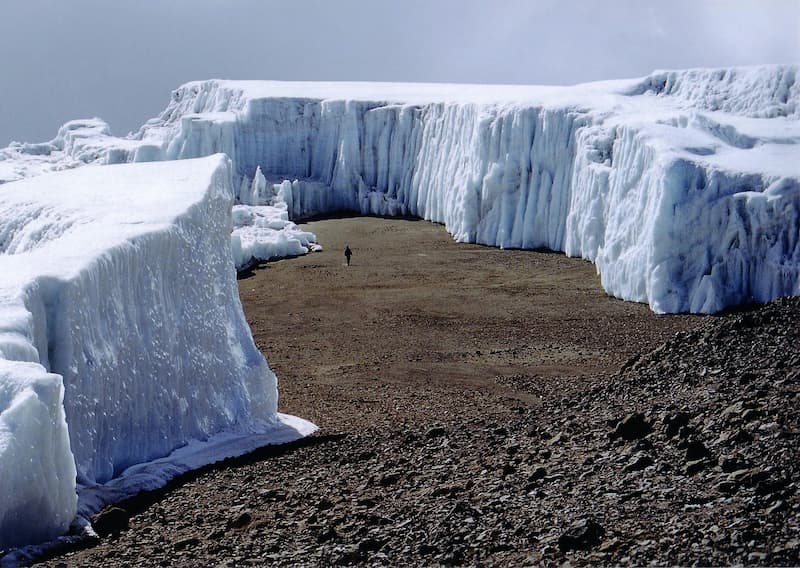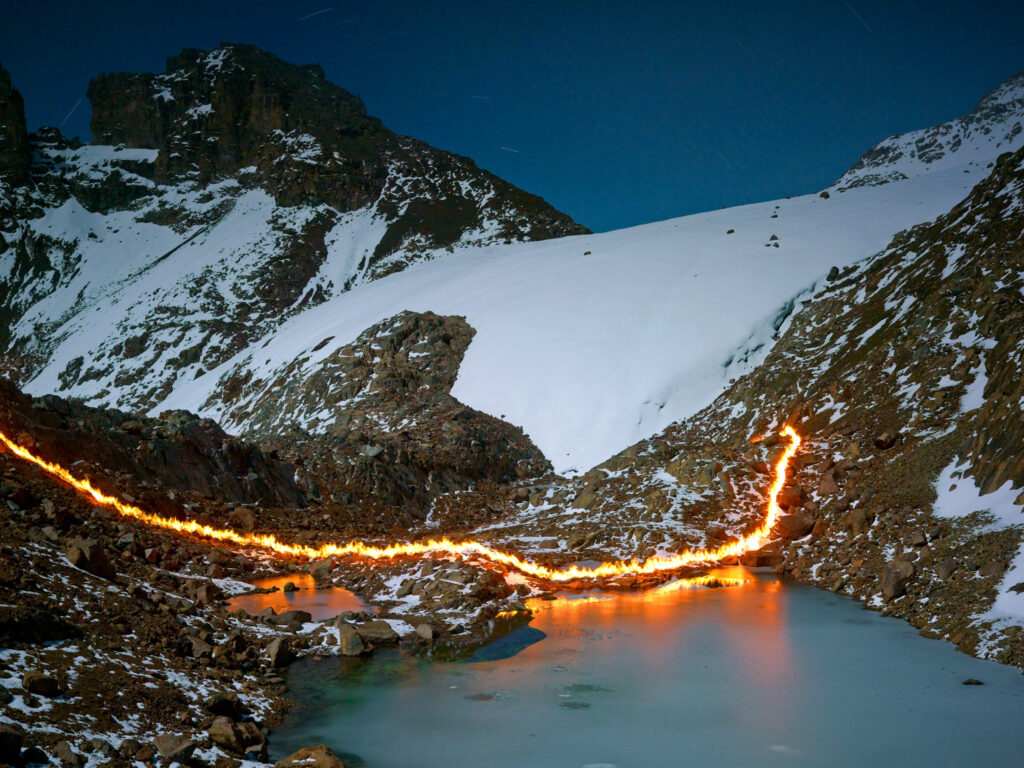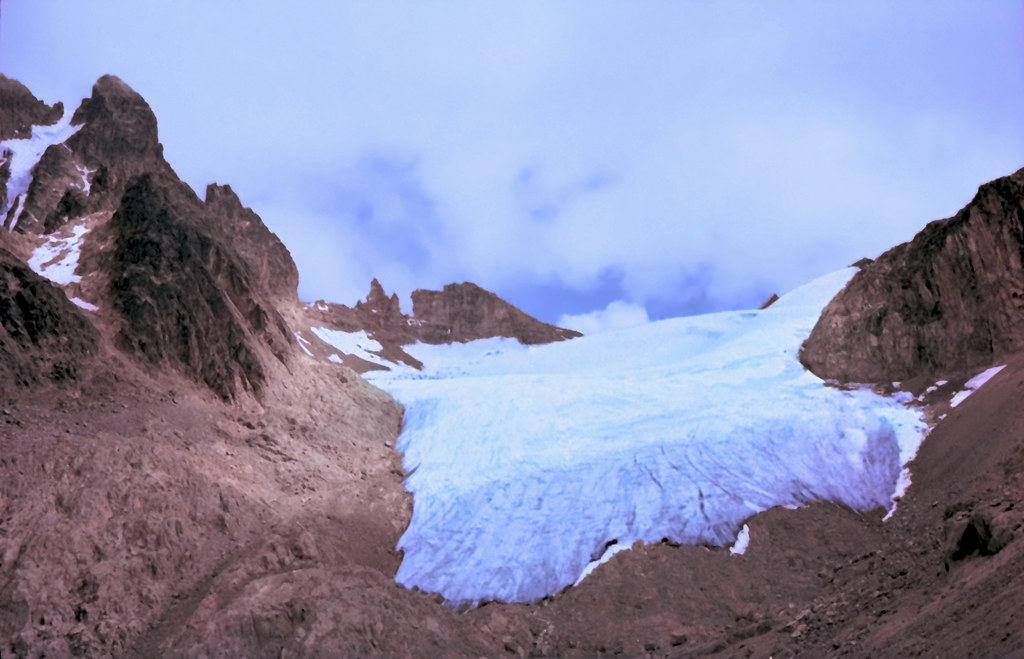Dar es Salaam. As the world marks the first-ever World Day for Glaciers on March 21, 2025, attention turns to the alarming rate at which glaciers are disappearing, particularly in East Africa.
The United Nations has dedicated this year as the International Year of Glacier Preservation, underscoring the crucial role glaciers play in global water security.
A report released by UNESCO highlights the dependency of nearly two billion people worldwide on water sourced from glaciers, snowmelt, and mountain runoff.
However, climate change is rapidly erasing these critical ice reserves. Between 2000 and 2023, glaciers lost over 6,500 billion tons of ice—equivalent to the total amount of water the global population consumes in 30 years.
This accelerating decline is already jeopardizing water and food security in various regions.
East Africa’s glacial crisis
East Africa’s iconic peaks, Mount Kilimanjaro and Mount Kenya, have been profoundly affected by glacier loss. Over two million people in Tanzania and Kenya depend on water from Mount Kilimanjaro, much of which is still stored in the mountain’s shrinking glaciers.
Similarly, water levels on the Ngare Ngare River have dropped by 30 percent in the past decade as Mount Kenya’s glaciers retreat, exacerbating conflicts between farmers and herders over dwindling resources.
Recent data paints a dire picture. The upcoming State of the Climate 2024 report by the World Meteorological Organization (WMO) reveals that the past three years have witnessed the largest global loss of glacial ice ever recorded.
In the tropics, glaciers shrank by an average of 20 percent between 2000 and 2023. However, East Africa’s glaciers are disappearing at an even more alarming rate.

Mount Kilimanjaro: A vanishing ice cap
Mount Kilimanjaro, once home to vast ice fields, now has less than 1 km² of glacier coverage—representing a 90 percent loss since 1900.
The rate of change is staggering. In 2020, renowned ice climber Will Gadd returned to Mount Kilimanjaro, only to find that glaciers he had climbed just six years earlier had declined by 70 percent.
Predictions indicate that Mount Kilimanjaro’s glaciers, which are nearly 12,000 years old, will vanish by 2040. This disappearance marks a significant milestone, as the mountain becomes one of the first worldwide to lose all its glaciers due to climate change.
Mount Kenya: A faster decline
Mount Kenya’s glacial retreat is even more dramatic. Its remaining ice covers a mere 0.069 km², representing a 95 percent loss since 1900.
Since 2016 alone, these glaciers have shrunk by more than 50 percent. The Nothey and Darwin glaciers have already disappeared, while the Lewis Glacier, which split in two between 2014 and 2016, has shrunk by 62 percent in just five years. Scientists predict that Mount Kenya will be completely glacier-free by 2030.

Impact on water security and livelihoods
The rapid melting of East Africa’s glaciers is already taking a toll on local communities. A recent study found that 66 percent of people along the Naromoru River in Kenya reported a decline in water flow, directly linking it to the loss of Mount Kenya’s glaciers.
Scientific research confirms that the river’s flow depends significantly on glacial melt and snowfall. Moreover, because groundwater takes 50 years to emerge at the foot of Mount Kenya after seeping into glacial rock formations, the full impact of deglaciation may not yet be realized.
For Tanzania and Kenya, the disappearance of glaciers means more than just the loss of a breathtaking natural wonder.
It signifies a growing water crisis, heightened conflicts over resources, and a precarious future for millions who rely on these mountains for survival.

Call to action
As we observe World Day for Glaciers, the urgency to combat climate change has never been clearer. The fate of East Africa’s glaciers is a stark reminder of the consequences of global warming.
Without immediate and sustained climate action, these ice giants—and the life they sustain—will be lost within our lifetimes. Preserving what remains requires robust policies, international cooperation, and local efforts to protect water sources for future generations.



I am often to running a blog and i really recognize your content. The article has really peaks my interest. I’m going to bookmark your site and preserve checking for brand spanking new information.